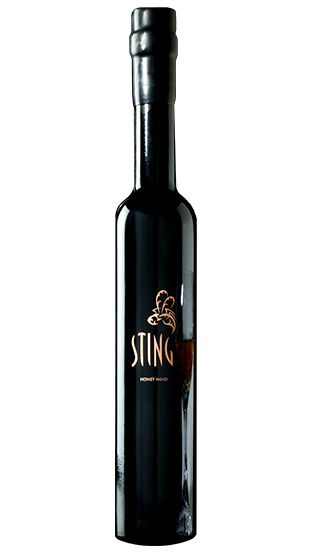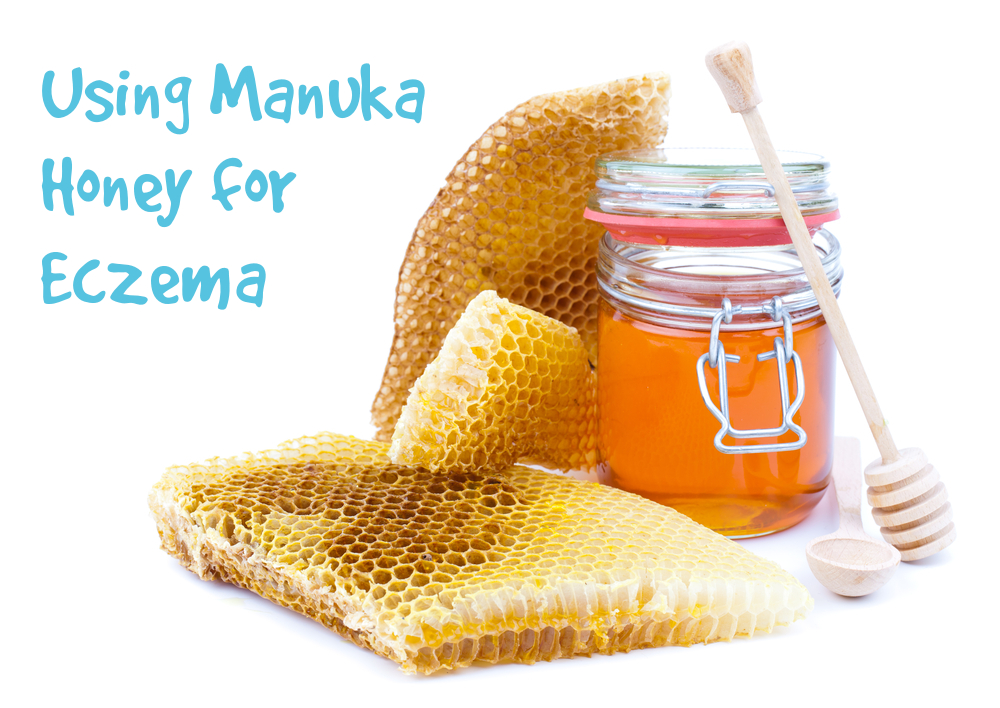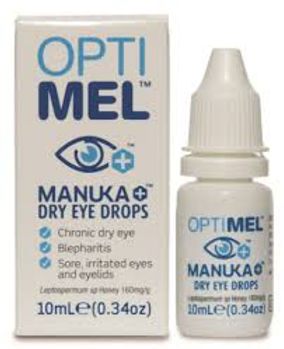
Have you ever wondered why manuka honey has a sting? This golden elixir known for its countless health benefits can sometimes leave a tingling sensation on your tongue. In this article, we will uncover the mystery behind why manuka honey stings and explore the fascinating properties that make it such a unique and remarkable substance. Prepare to be enlightened about the science behind this delicious gift from nature.
Why Does Manuka Honey Sting
Overview of Manuka Honey
Manuka honey is a unique type of honey that is derived from the nectar of the Manuka tree (Leptospermum scoparium) found in New Zealand. It is renowned for its distinct flavor profile and numerous health benefits, ranging from its antimicrobial properties to its potential anti-inflammatory effects. However, one common experience reported by individuals using manuka honey is a stinging sensation upon application. This article aims to explore the reasons behind this stinging sensation, factors contributing to it, and how to prevent or minimize its occurrence.
Chemical Composition of Manuka Honey
To understand why manuka honey may sting, it is essential to delve into its chemical composition. Manuka honey contains a plethora of beneficial compounds, including carbohydrates, proteins, amino acids, vitamins, minerals, and enzymes. However, two components contribute significantly to its unique properties: hydrogen peroxide and methylglyoxal (MGO).

Factors Contributing to Sting
The presence of hydrogen peroxide in manuka honey is one of the primary factors contributing to its potential stinging sensation upon application. Hydrogen peroxide is a natural compound with strong antimicrobial properties, and it is generated when an enzyme called glucose oxidase reacts with glucose present in honey. This antimicrobial activity can cause a mild stinging sensation, especially if the honey comes into contact with open wounds or sensitive skin.
Additionally, the methylglyoxal (MGO) content in manuka honey has been associated with the reported stinging sensation. MGO is a compound that forms in honey over time, particularly in manuka honey. It is believed to contribute to its higher potency compared to other types of honey. Some individuals may have increased sensitivity to MGO, which can result in a stinging or tingling sensation when manuka honey is applied topically.
Causes of Sensitivity to Manuka Honey
Individual variations and allergies can play a role in the sensitivity to manuka honey. Just as some individuals may have allergies to certain foods or substances, similar reactions can occur with manuka honey. Allergic reactions can range from mild irritation to more severe symptoms, including itching, redness, and swelling.
Moreover, individuals with sensitive or delicate skin may be more prone to experiencing a stinging sensation when using manuka honey. The potent antimicrobial properties and bioactive compounds of manuka honey may be too strong for some individuals’ skin, leading to discomfort upon application.
Open wounds or damaged skin can also contribute to increased sensitivity. The stinging sensation may be more prominent in such cases as the honey can penetrate the damaged skin more easily, resulting in direct contact with nerve endings and causing discomfort.
Furthermore, pre-existing skin conditions such as eczema or dermatitis can heighten sensitivity to manuka honey. These conditions often result in compromised skin barriers, making the skin more susceptible to external irritants and potentially exacerbating the stinging sensation.

Effects of Sting
The stinging sensation caused by manuka honey is generally immediate upon application. Individuals may experience a tingling or mild burning sensation that can vary in intensity depending on the individual’s sensitivity and concentration of bioactive compounds in the honey. In most cases, the stinging sensation subsides after a few minutes. However, in some rare instances, the discomfort may persist for a longer duration.
Preventing or Minimizing the Sting
There are several strategies that can be employed to prevent or minimize the stinging sensation associated with manuka honey use. Performing patch tests on a small area of skin before applying honey to a larger area can help identify any potential sensitivity or allergic reactions. This precautionary measure is particularly important for individuals with a history of skin allergies or sensitivities.
Another approach is to mix manuka honey with other ingredients to dilute its potency. For example, combining it with a carrier oil or aloe vera gel can help minimize the stinging sensation while still reaping the benefits of the honey. Gradually increasing exposure to manuka honey can also allow the skin to become more accustomed to its effects, reducing the likelihood of a severe stinging sensation.
Furthermore, opting for manuka honey with a lower methylglyoxal (MGO) level may be beneficial for individuals with heightened sensitivity. Different brands and varieties of manuka honey offer varying MGO concentrations, allowing users to choose a milder option that suits their skin’s tolerance level.
Lastly, utilizing proper application techniques can contribute to a more comfortable experience with manuka honey. Gently massaging the honey into the skin instead of vigorously rubbing it can help reduce the intensity of the stinging sensation. Additionally, ensuring that the skin is clean and free from any irritants before applying honey can promote a more pleasant experience.

Benefits of Manuka Honey
Despite the stinging sensation potential, manuka honey offers numerous benefits that make it a highly sought-after product. Its antimicrobial properties make it effective against certain bacteria and may aid in wound healing. Manuka honey has been used traditionally to dress wounds and promote healing due to its ability to create a moist environment, which supports tissue repair. Additionally, manuka honey has shown potential in enhancing digestive health, improving skin health and beauty, and exhibiting anti-inflammatory effects.
Differentiating Sting from Allergic Reaction
It is crucial to differentiate between a stinging sensation caused by manuka honey and an allergic reaction to ensure appropriate action is taken. Allergies occur when the immune system reacts to a specific substance, resulting in a range of symptoms. Signs of an allergic reaction may include itching, redness, swelling, hives, or difficulty breathing. If any of these symptoms occur after using manuka honey, it is important to discontinue use and seek medical attention promptly.

Tips for Choosing Manuka Honey
When selecting manuka honey, it is essential to consider several factors to ensure its quality and authenticity. Look for honey that carries a Unique Manuka Factor (UMF) rating, which certifies its purity and potency. The UMF rating indicates the presence of non-peroxide activity, including the methylglyoxal (MGO) content. Additionally, check for reputable brands or certifications, such as the Unique Manuka Factor Honey Association (UMFHA) label, to guarantee the honey’s authenticity.
Other Considerations for Using Manuka Honey
Proper storage and handling are crucial to maintain the quality of manuka honey. It should be stored in a cool, dry place away from direct sunlight to preserve its beneficial properties. Furthermore, it is important to follow proper hygiene practices when using manuka honey to prevent contamination and maintain its integrity.
Consulting a healthcare professional is advisable, especially if you have known allergies or pre-existing medical conditions. They can provide personalized guidance on the suitable use of manuka honey and address any concerns regarding potential interactions with medications or existing treatment plans.
In conclusion, the stinging sensation associated with manuka honey can be attributed to various factors, including the presence of hydrogen peroxide and the methylglyoxal (MGO) content. Sensitivity to manuka honey can be influenced by individual variations, skin sensitivity, open wounds or damaged skin, and pre-existing skin conditions. However, the benefits of manuka honey, such as its antimicrobial properties, wound healing abilities, and potential anti-inflammatory effects, make it a valuable product. By understanding the causes of the stinging sensation and implementing proper preventive measures, individuals can continue to enjoy the benefits of manuka honey without discomfort.
